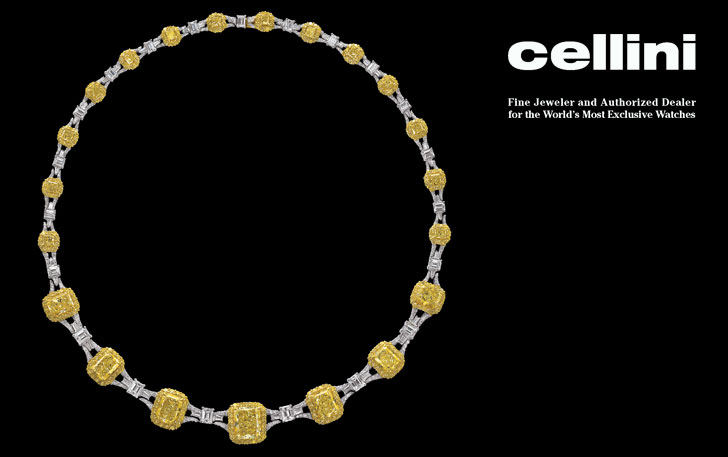THE ISLAND CITY-STATE DAZZLES WITH LARGER-THAN-LIFE LUXURY EXPERIENCES
BY AMANDA McCOY
Embark on a helicopter ride over the island nation of Singapore, and it’s difficult to know where to focus your gaze. Though only 280 square miles (that’s less than a quarter the size of Rhode Island), the city-state supplies endless visual fodder, from thick rainforest reserves in the heart of the city to sense-defying architecture. Curiosity abounds from every angle: Is that a ship atop the 57-story Marina Bay Sands resort?
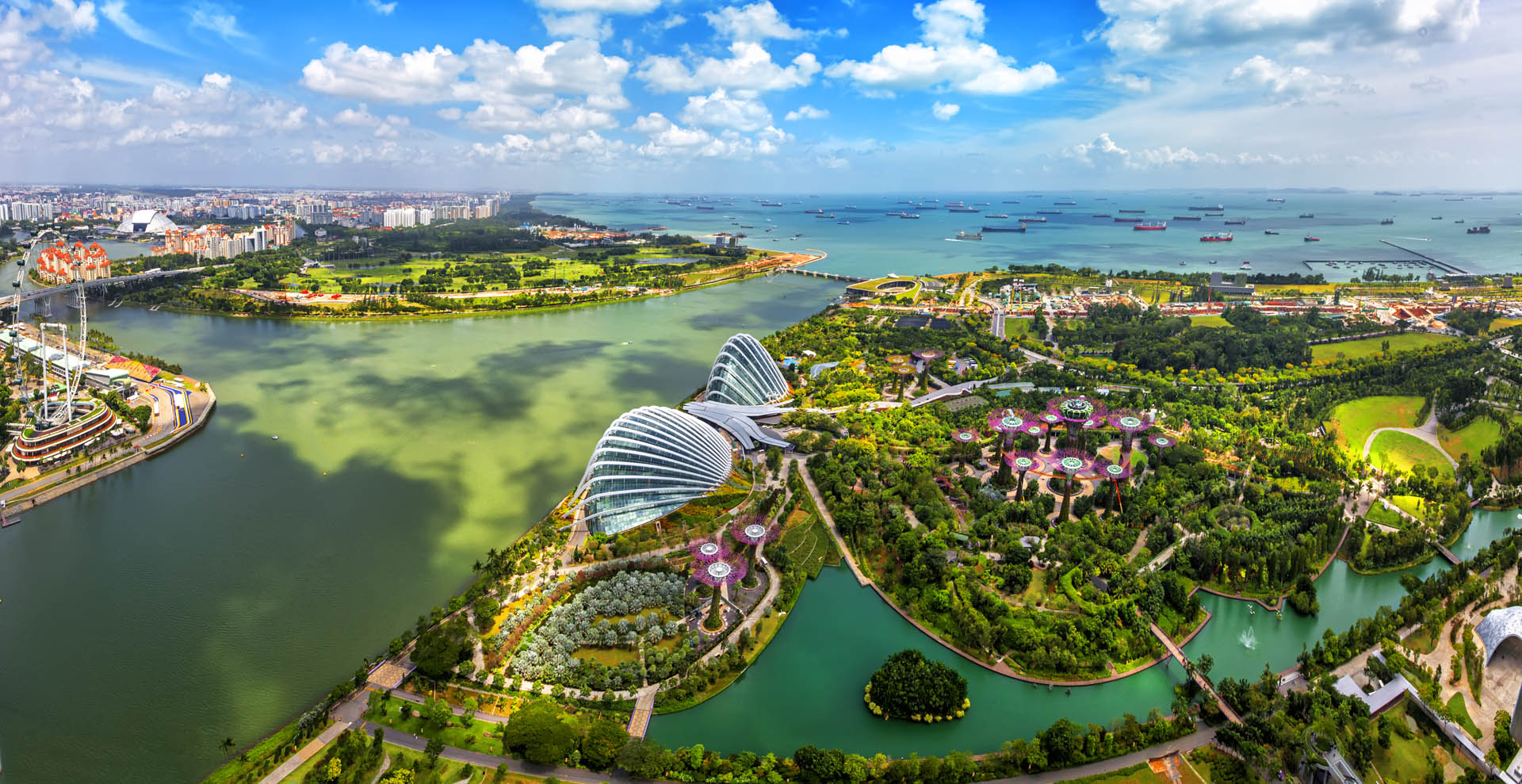
Are the colossal 165-foot structures in Gardens by the Bay living trees? Welcome to one of planet’s most fascinating cauldrons of culture, diversity, and innovation.
Originally inhabited by fishermen and pirates, the Singapore island was purchased by Sir Stamford Raffles of the English East India Company in 1918 for its central location along the India and China trade route (the Dutch contested the purchase, but an 1824 treaty gave possession of Singapore and Malaysia to the British). Under the leadership of its first prime minister Lee Kuan Yew, the island became a self-governing state in 1959 and was officially established as the sovereign Republic of Singapore in 1965. Today, the island nation is a global financial hub, the fourth richest country in the world by GDP-PPP, and topped the IMD’s inaugural Smart City Index as the world’s smartest city in 2020.
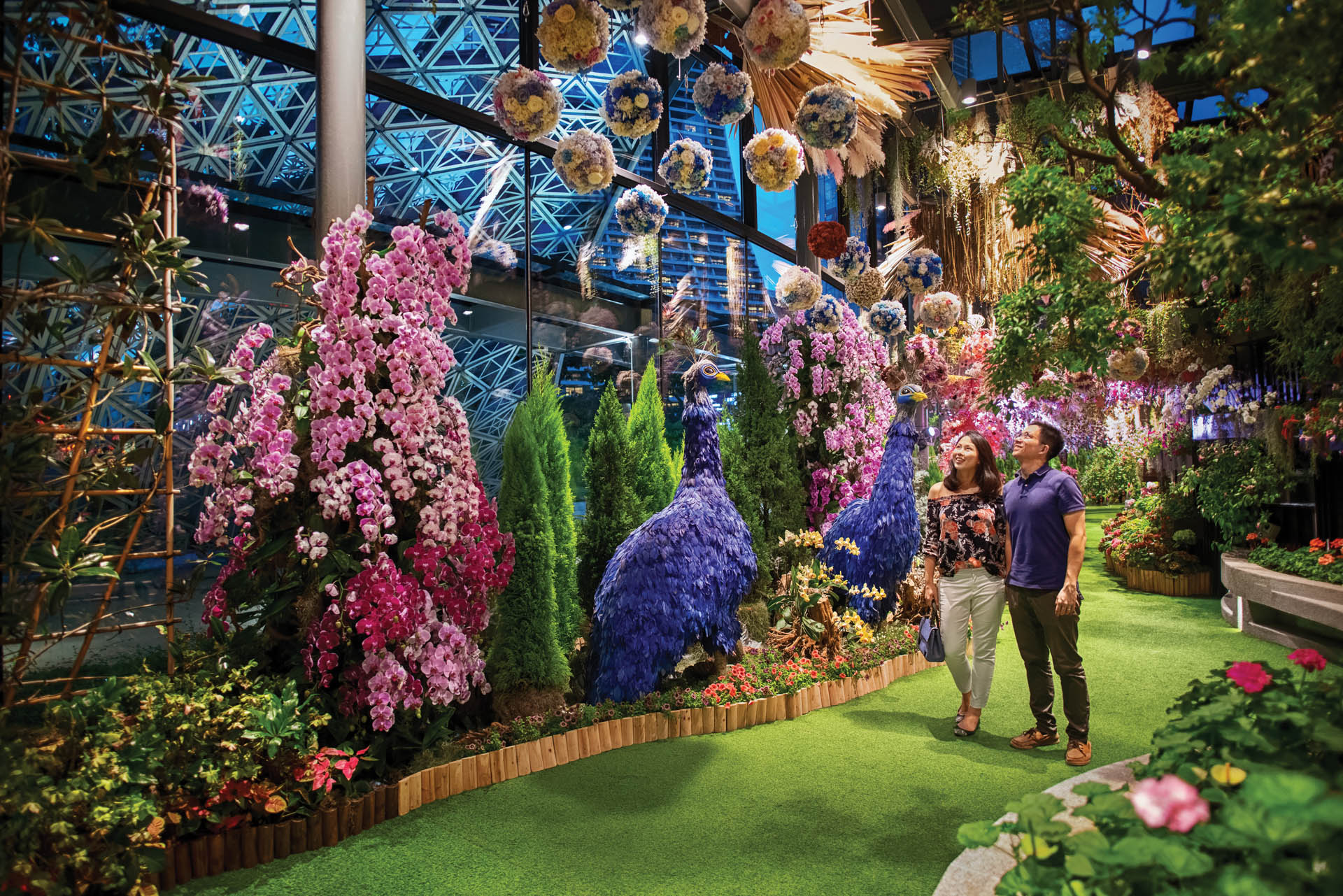
Located at the tip of the Malay Peninsula, only 85 miles from the Equator, Singapore enjoys a tropical climate year-round. It’s one of two cities in the world to maintain an old growth rainforest within city limits (the other being Rio de Janeiro in Brazil), and there are numerous green spaces and protected nature reserves to explore.
KNOW BEFORE YOU GO
As a multicultural melting pot, Singapore lists four official languages in its constitution: Malay, Mandarin, Tamil, and English. The majority of locals speak English and every directional sign is written in English. While Singapore is a small country, it’s still a large city, so the best way to get around is via the underground public transit system, the MRT. The system spans the entire city and is clean, efficient, and easy to understand, with stops near every major public attraction.
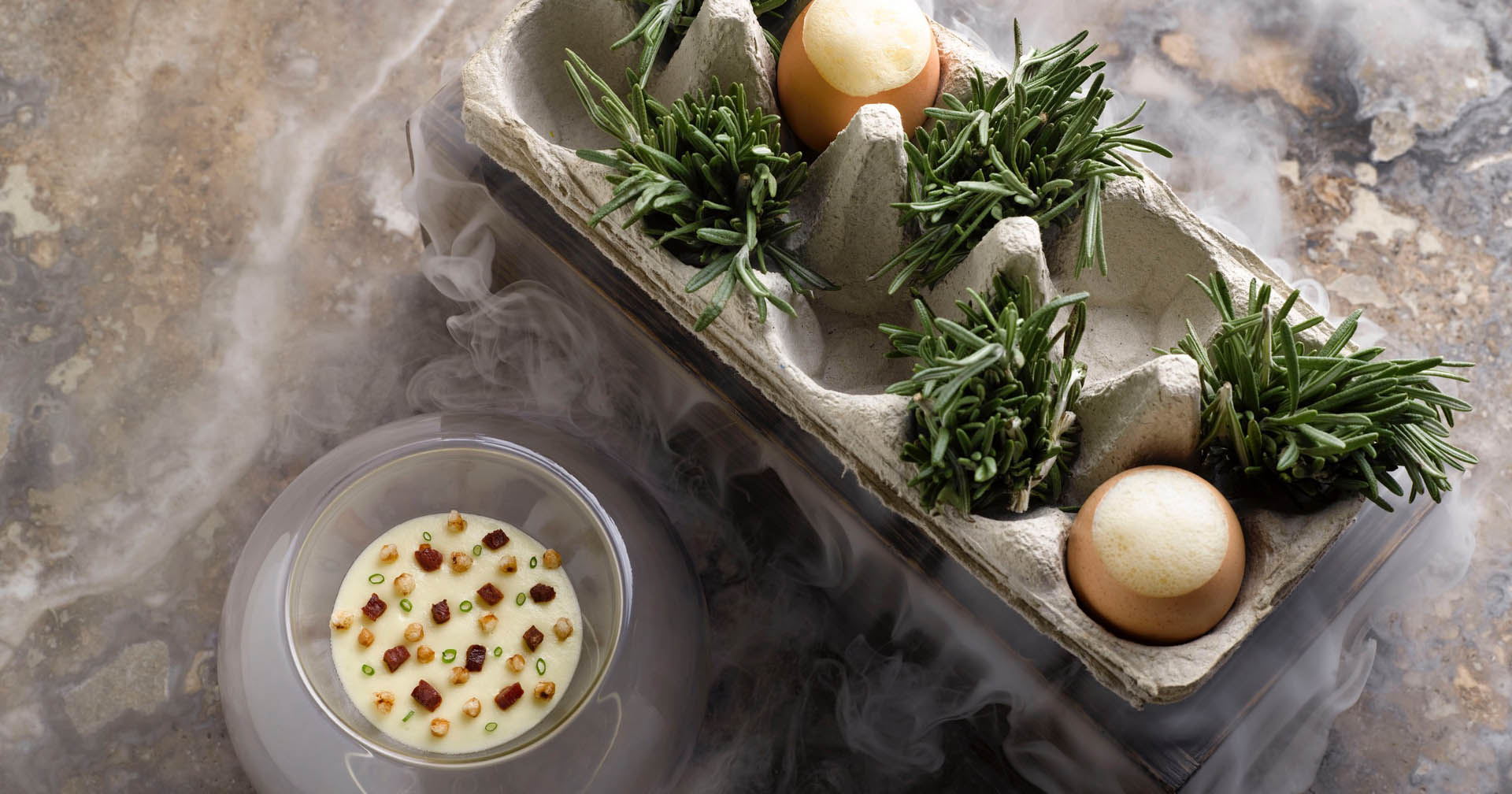
Although the city has the second highest population density in the world, it’s an incredibly clean metropolis. The nation has strict rules against littering, spitting, eating or drinking on the MRT, and even neglecting to flush a public toilet, and many violations come with rather hefty fines. And if you’re looking for a pack of Orbitz, you won’t have any luck, as the sale of chewing gum has been banned since the early ‘90s.
Be sure to pack for tropical, equatorial weather, i.e. hot, humid, and wet. While the rainy season stretches from November through January, brief showers are nearly an everyday occurrence no matter the season.
ATTRACTIONS
GARDENS BY THE BAY
Undoubtedly one of Singapore’s most mind-bending spectacles, Gardens by the Bay is a sprawling urban nature park that blends man-made phenomena with horticultural wonder. Led by a team of landscape designers, horticulturists, arborists, engineers, plant health experts, and more, the park spans three waterfront gardens and is filled with stunning displays like the vertical Cloud Forest veiled in mist, a massive glass greenhouse dubbed the Flower Dome, a 114- foot waterfall, mammoth art sculptures, and more. The Supertrees, soaring from 80 to 165 feet into the air, are home to over 160,000 species of plant. Weave through the trees 70 feet in the air along the suspended OCBC Skyway (pictured above) and drink in views from the new Supertree Observatory, located under the canopy of the tallest tree.
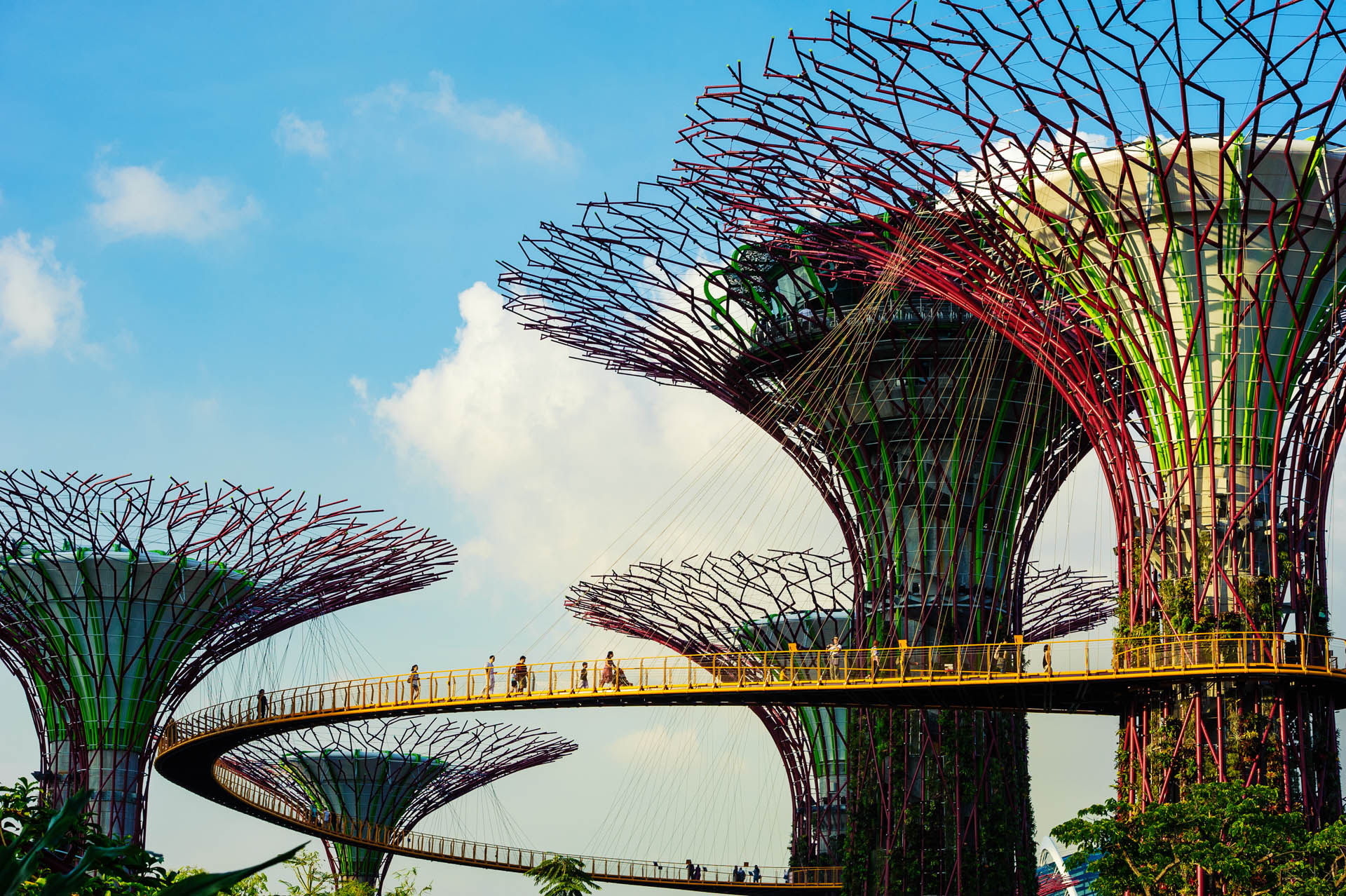
ORCHARD ROAD
Boasting everything from authentic souvenirs to luxury designer digs, this bustling boulevard is the city’s retail heart. Its first department store, TANGS, circa 1958, with its famed jade-tinted pagoda roof and rich red columns offers a taste of the past, while the ION Orchard, a dazzling glass, marble, and steel retail complex housing brands like Dior, McQueen, and D&G, is a tour of the future.
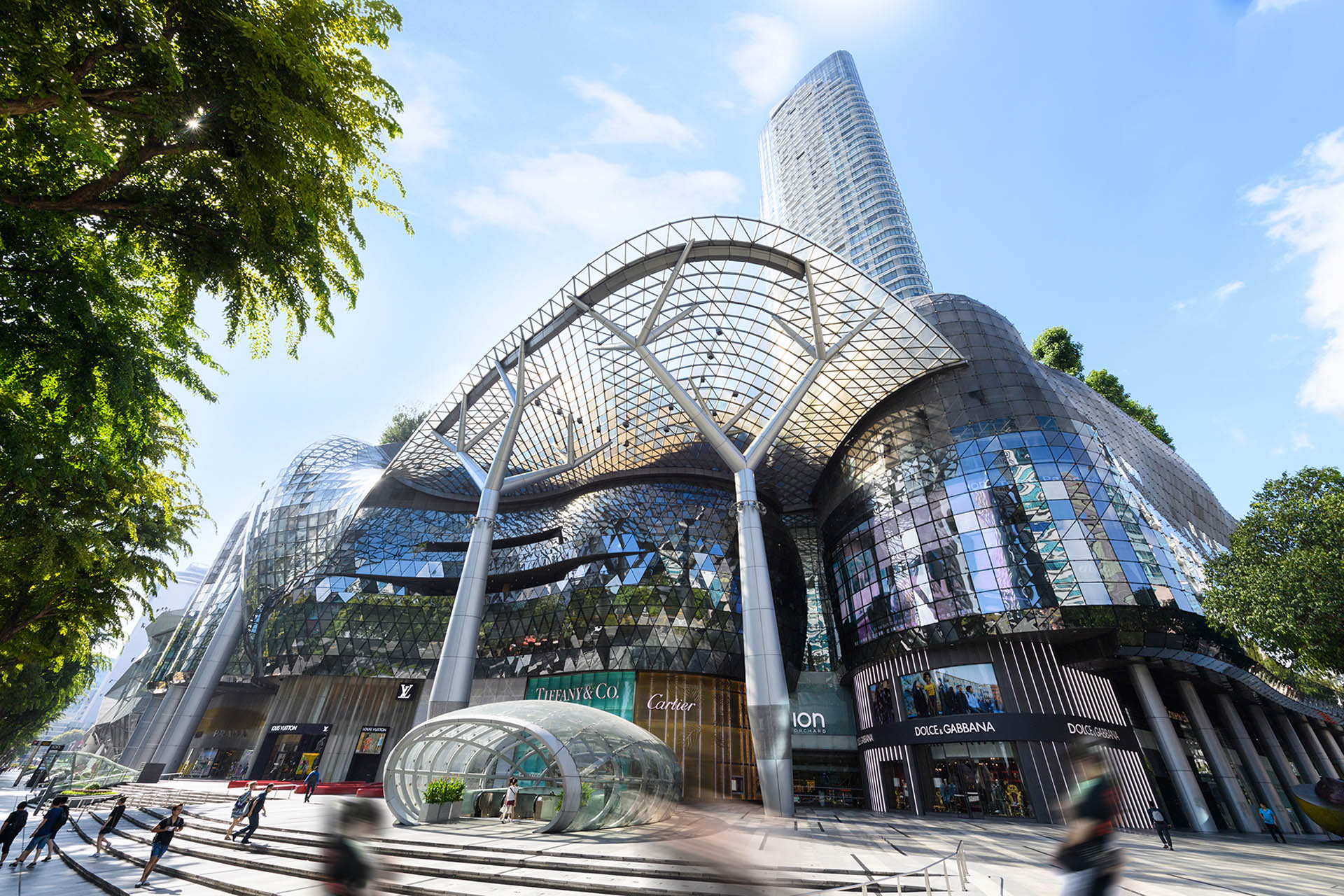
TREETOP WALK
Explore the grandeur of the rainforest from high in the canopy on the Tree Top Walk, an 820-foot-long freestanding suspension bridge that connects the two highest points in Singapore’s largest reservoir, MacRitchie. Note that the trail is ranked moderate to difficult, and trekkers must first hike a forest trail to get to the bridge’s entrance.

WHERE TO STAY
MARINA BAY SANDS
A fixture of the Singapore skyline, this five-star luxury resort offers more than beautifully appointed suites with water, city, and Gardens by the Bay views. It’s home to the illustrious SkyPark, a lush 2.5-acre deck in the clouds, one that takes the form of a ship and links the resort’s three towers. Here, you’ll find the world’s largest infinity pool, blooming gardens, a public observation deck with panoramic views of Marina Bay, the cityscape, and even the aforementioned Super trees, plus several restaurants and bars including a fine Italian bistro that moonlights as a nightclub. Rooms start at $300 per night. 10 Bay front Avenue, marinabaysands.com
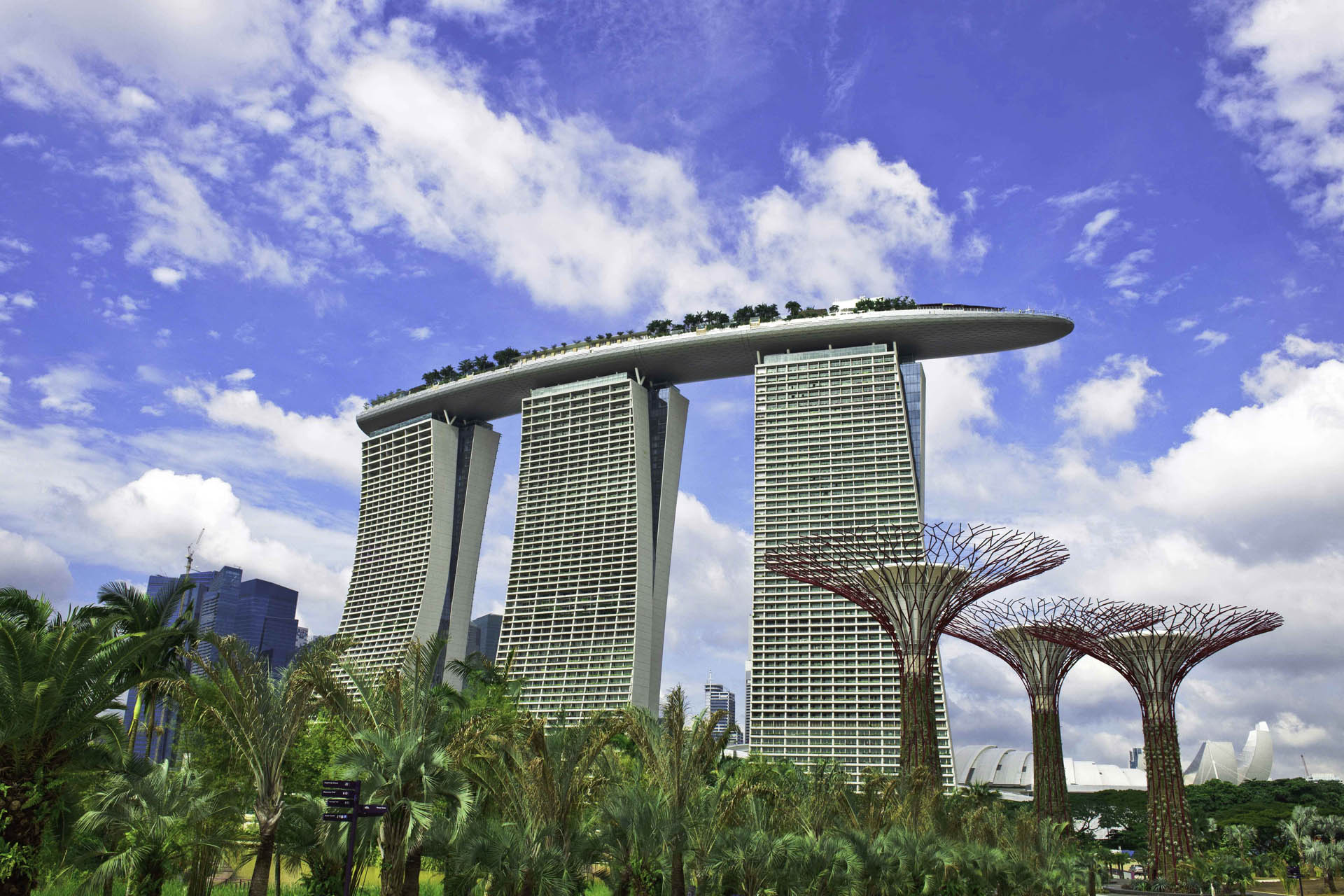
CAPELLA SINGAPORE
For a more intimate experience, this award winning resort is tucked on Sentosa Island, located o Singapore’s southern coast, and spans 30 acres of lush garden wreathed by the sea. Traditional Tanah Merah architec-ture houses the 112 rooms, suites, and villas, all draped in natural materials and traditional Asian décor. The goal with each stay is to promote tranquility and harmony with the surrounding environment. Relax in the Jacuzzi on your private balcony overlooking the South China Sea, take a cooking master class, or indulge in an holistic spa treatment at the wellness pavilion. Rates start around $500 per night. 1 The Knolls, Sentosa Island, capellahotels.com

DINE AND DRINK
HAWKER CENTRES
Singapore has no fewer than 44 Michelin stars, but some of its nest eats aren’t served on candlelit tabletops. Hawker Centres (food courts consisting of several individual stalls) are culinary hotspots, boasting authentic and cheap! Flavors of the nation’s many influences and denizens. There are over a hundred centers peppered throughout the city, and which is the best is hotly contested, so you’ll have to decide for yourself. For superlatives: Newton Food Centre is the oldest and Chinatown Complex Food Centre is the largest. Two stalls have also earned Michelin stars Liao Fan Hawker Chan in Chinatown and The Tai Hwa Pork Noodle Stall in Hill Street.

THE CLIFFORD PIER
For more elegant affairs, the Clifford Pier, tucked inside the Fullerton Bay Hotel, pays homage to the neighborhood’s rich hawker heritage with elevated renditions of classic street food. For dinner, live hawker stations line the restaurant, serving exquisite satay, popiah, and laksa, but the dim sum brunch is the real crown jewel. Feast on chili crab bao, wok-fried carrot cake, and a menu of steamed dim sum varieties with free- owing champagne. 80 Collyer Quay, fullertonhotels.com
ODETTE
This French fine dining bistro, the brainchild of rising culinary star Julien Royer, nabbed the No. 1 spot on the World’s 50 Best Restaurants in Asia list in 2019 and No. 18 overall. Named for Royer’s grandmother, Odette serves modern French fare with a focus on seasonality; dishes range from morel mushrooms with veal sweetbread to sea urchin with langoustine tartare, Granny Smith apples, and caviar. e ambiance is unapologetically luxe with white tablecloths, soft pastels, and a glass-enclosed kitchen so diners can see the chefs in action. 1 St. Andrew’s Road, odetterestaurant.com

